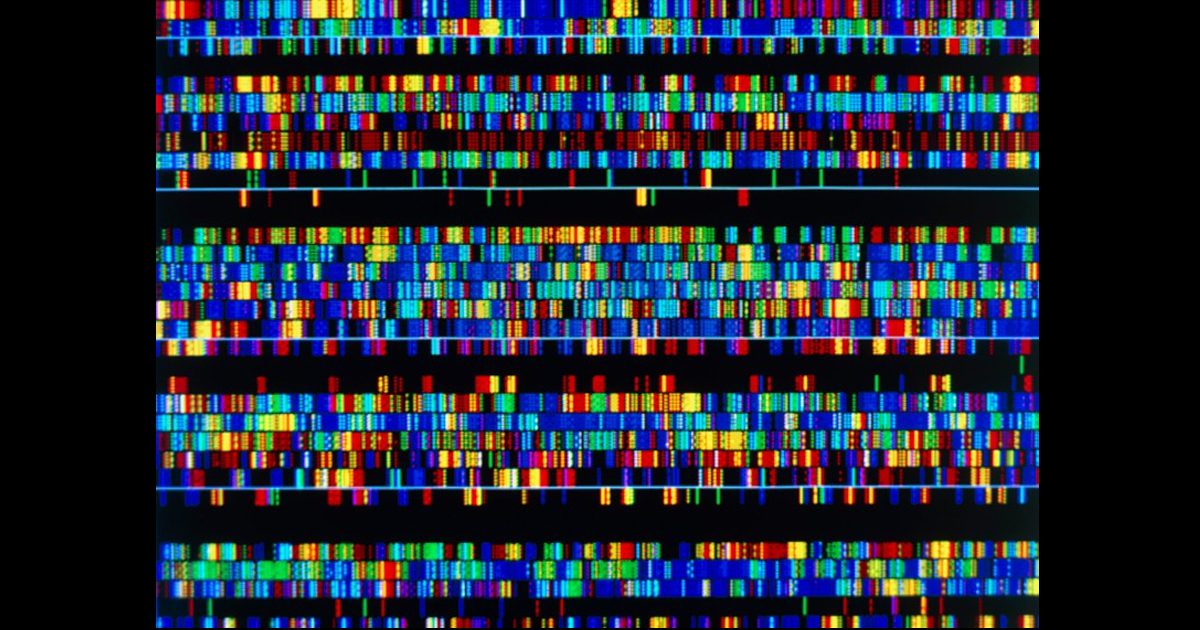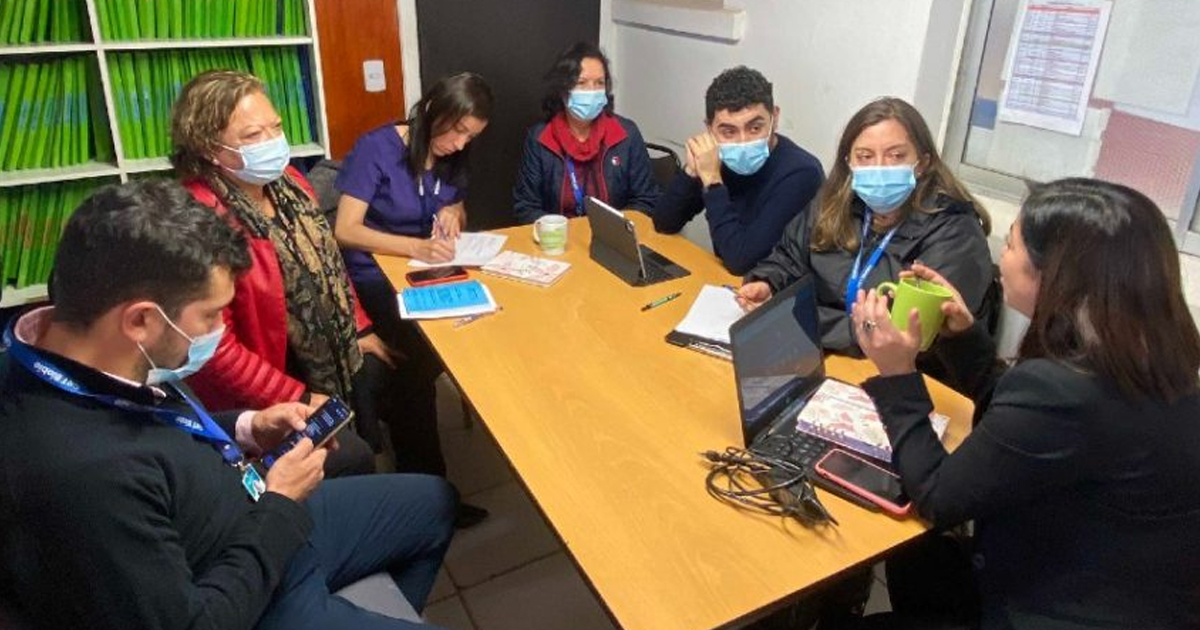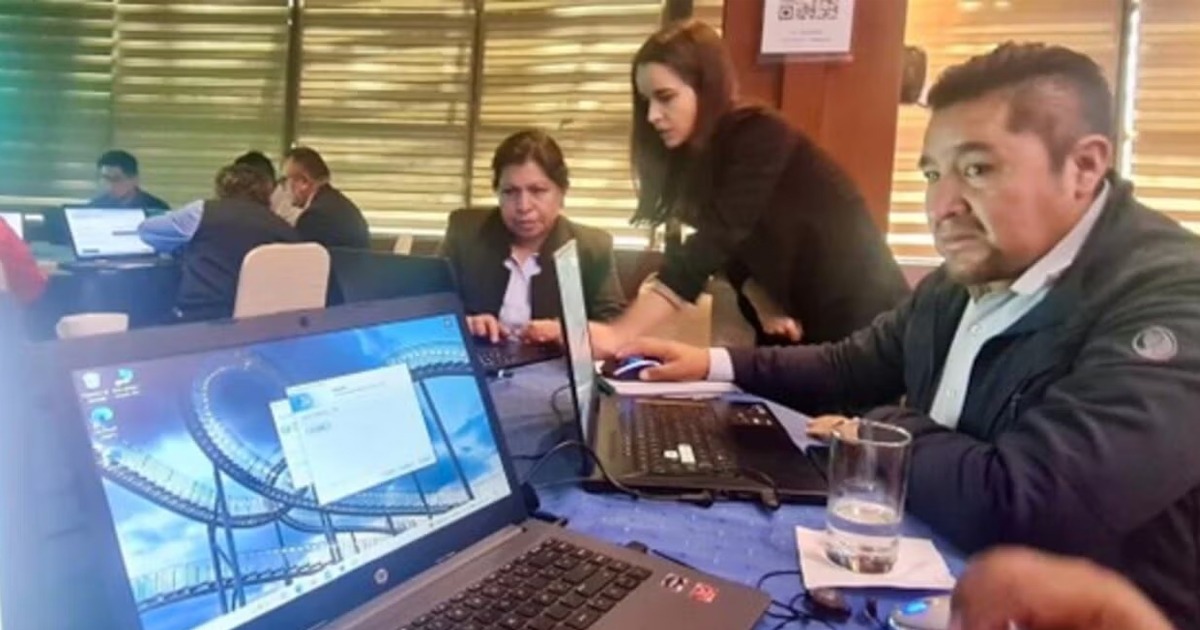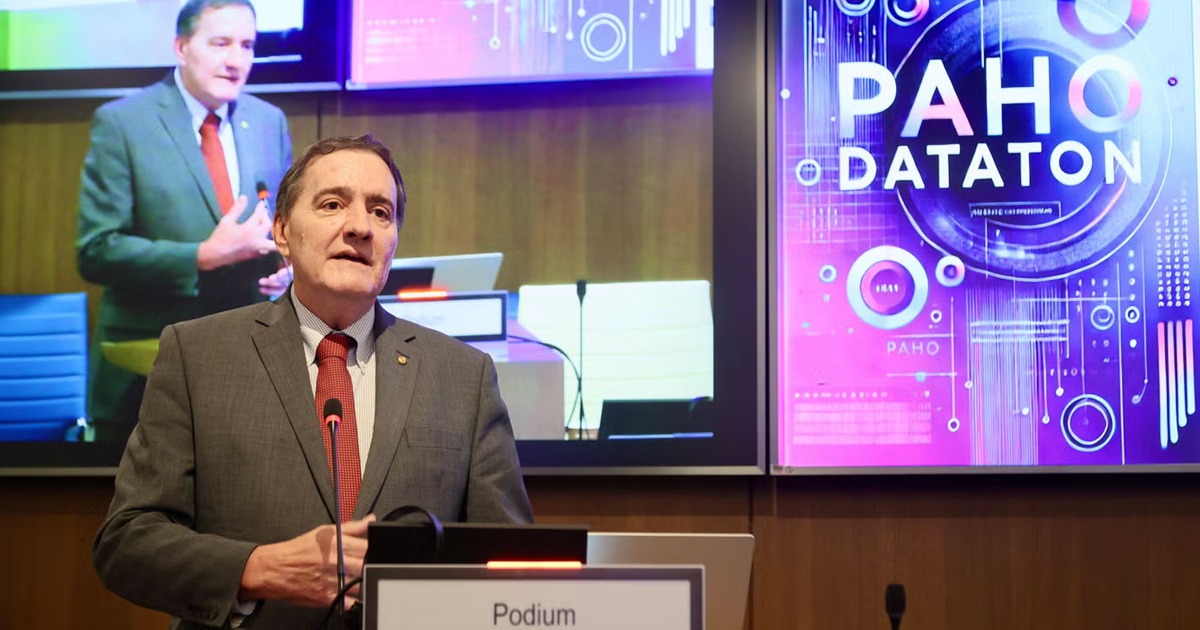The Human Genome Project, which began in 1990 with the aim of deciphering the genetic code of the human being, laid the foundations for this year to publish advances on the complete sequencing of the genome.
The first publications and research on the sequencing of the human genome came to light in the year 2000. The first complete sequencing promised to be one of the most important scientific advances, however, it only presented a fraction of the genome.
Later in 2003, the sequence of the 92% of the human genome was presented, and for almost 20 years scientists have spent thousands of hours in research to decipher the remaining 8%.
The current reference genome was published by the Genome Reference Consortium (GRC) in 2013 and was modified in 2019. This work has its origin in the Human Genome Project that concluded in 2005, which was the basis for future research, such as the of the Telomere-to-Telomere (T2T) Consortium.

Recently, the T2T presented a complete sequence of 3 thousand 55 million base pairs of a human genome. T2T-CHM13, as it was called, “corrects errors in previous references, and introduces nearly 200 million base pairs of sequence containing 1,956 gene predictions, 99 of which are predicted to encode proteins,” the authors explain. from The complete sequence of a human genome, article published in Science in March 2022.
The T2T-CHM13 assembly added five complete chromosome arms and more additional sequences than previous publications in the last 20 years. The remaining 8% genome had not been sequenced due to technological limitations and the large amounts of information that must be processed.
However, through high-precision long read sequencing it was possible to overcome the technological barrier “enabling comprehensive studies of genomic variation across the human genome, which we hope will drive future discovery in human genomic health and disease”, explains the study.
Learn more by reading the full article:
SCIENCE
https://www.science.org/doi/10.1126/science.abj6987
THE WORLD
https://www.elmundo.es/elmundosalud/2000/06//27/biociencia/962017698.html
THE VOICE OF GALICIA
BBC





